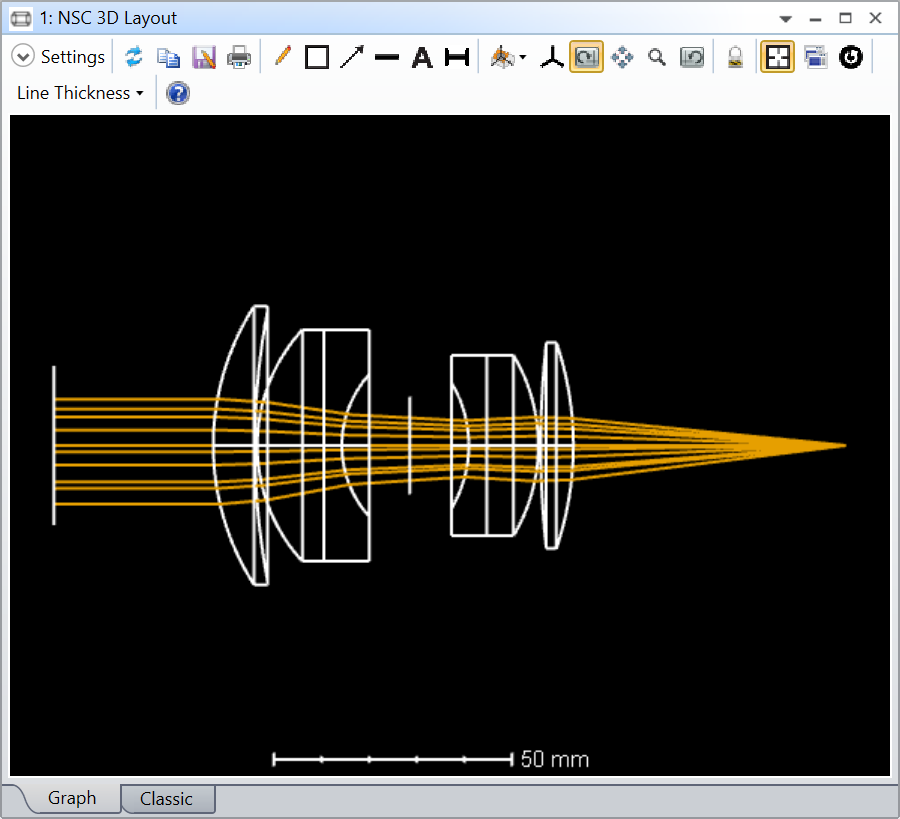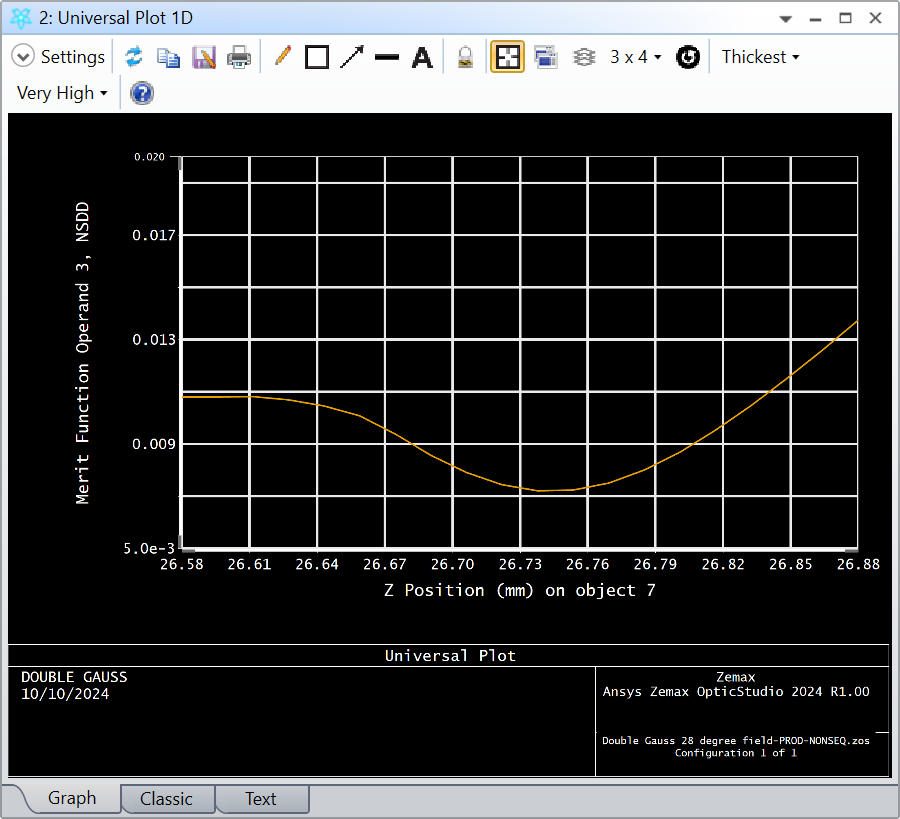I’m looking for suggestions on how to achieve soft criteria in a merit function (particularly in non-sequential mode). For example I’ve got two optical elements, and I’m trying to optimize the system for a tight focus, and one of my variables is the distance between the two objects. I’ve got a hard criterion (NPZG) in there that says that the space between the two objects must be large enough to ensure they don’t overlap. What I’m trying to figure out is how to instruct the merit function that, all else being equal, I want that distance minimized as much as possible, but not at the cost of sacrificing focal spot size.
I know that I can set the weighting of a particular operand to be very small, but trying to achieve the balance of that against all the other operands, especially when the unit systems can be so radically different seems prone to problems.





